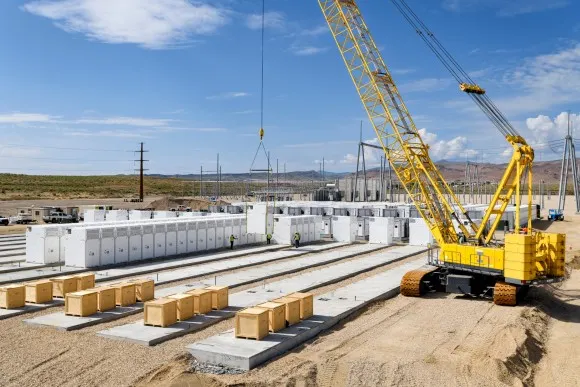
The oil market is now factoring in a one in five chance of a material disruption in Gulf energy production flows, analysts at J.P. Morgan, including Natasha Kaneva, head of global oil and commodities research at the company, said in a research note sent to Rigzone by Kaneva on Monday.
“The geopolitical risk premium is already at least partially reflected in current oil prices, which are trading at just under $80 – $12 above our model-derived fair value of $66 for June,” the analysts stated in the research note, which was sent to Rigzone before news of a ceasefire emerged.
“This suggests a one in five chance of a worst-case scenario, where the broadening of the conflict could impact flows in the Strait of Hormuz or that a more general Middle East conflagration could ignite retaliatory responses from major oil producing countries in the region responsible for a third of global oil output,” they added.
“Under this severe outcome, we estimate oil prices could surge to the $120-130 per barrel range,” they continued.
In the research note, the J.P. Morgan analysts stated that, beyond the short-term spike induced by geopolitics, their base case for oil remains anchored by their supply-demand balance, which they said shows that the world has enough oil.
“Aligning with our projections, global oil inventories have risen by almost 240 million barrels since February, with a 50 million barrel increase in the OECD, 75 million barrels in China, and the rest distributed elsewhere,” they added.
“Brent oil prices have averaged just under $67 a barrel quarter to date, which is precisely in line with our forecast of $67 per barrel for 2Q25,” they continued.
“Based on our forward physical oil balances, oil is anticipated to trade in the low to mid $60 range for the remainder of 2025, and settle at $60 in 2026, assuming the risk premium fully dissipates by then – a seemingly ambitious expectation at present,” they went on to state.
The J.P. Morgan analysts stated in the note that the main reason for this stability is that energy infrastructure has largely been spared from direct attacks so far, highlighting that “not a single barrel of oil has been lost”.
“Israel has targeted two gas processing facilities on Iran’s southern coast, which convert gas into methane and LPG for domestic consumption, as well as a gasoline depot in Tehran,” the analysts added.
“The attacks indicate Israel’s strategy is to weaken and disrupt Iran’s domestic gas and fuel supply chains, aiming to create domestic shortages rather than targeting the country’s oil and gas exports, which would have broader implications for global markets,” they went on to state.
Rigzone has contacted the Iranian Ministry of Foreign Affairs, Israel’s Ministry of Foreign Affairs Spokesperson, Oren Marmorstein, OPEC, and the Gulf Cooperation Council General Secretariat for comment on J.P. Morgan’s research note. At the time of writing, none of the above have responded to Rigzone.
J.P. Morgan’s research note showed that the company expected the Brent crude oil price to average $67 per barrel in the second quarter of 2025, $63 per barrel in the third quarter, $61 per barrel in the fourth quarter, and $66 per barrel overall this year.
In its latest short term energy outlook (STEO), which was released on June 10, the U.S. Energy Information Administration (EIA) projected that the Brent spot price will average $65.53 per barrel in the second quarter, $62 per barrel in the third quarter, $61 per barrel in the fourth quarter, and $65.97 per barrel overall in 2025.
In a BMI report sent to Rigzone by the Fitch Group on June 6, BMI projected that the front month Brent crude price will average $68 per barrel this year.
To contact the author, email [email protected]




















